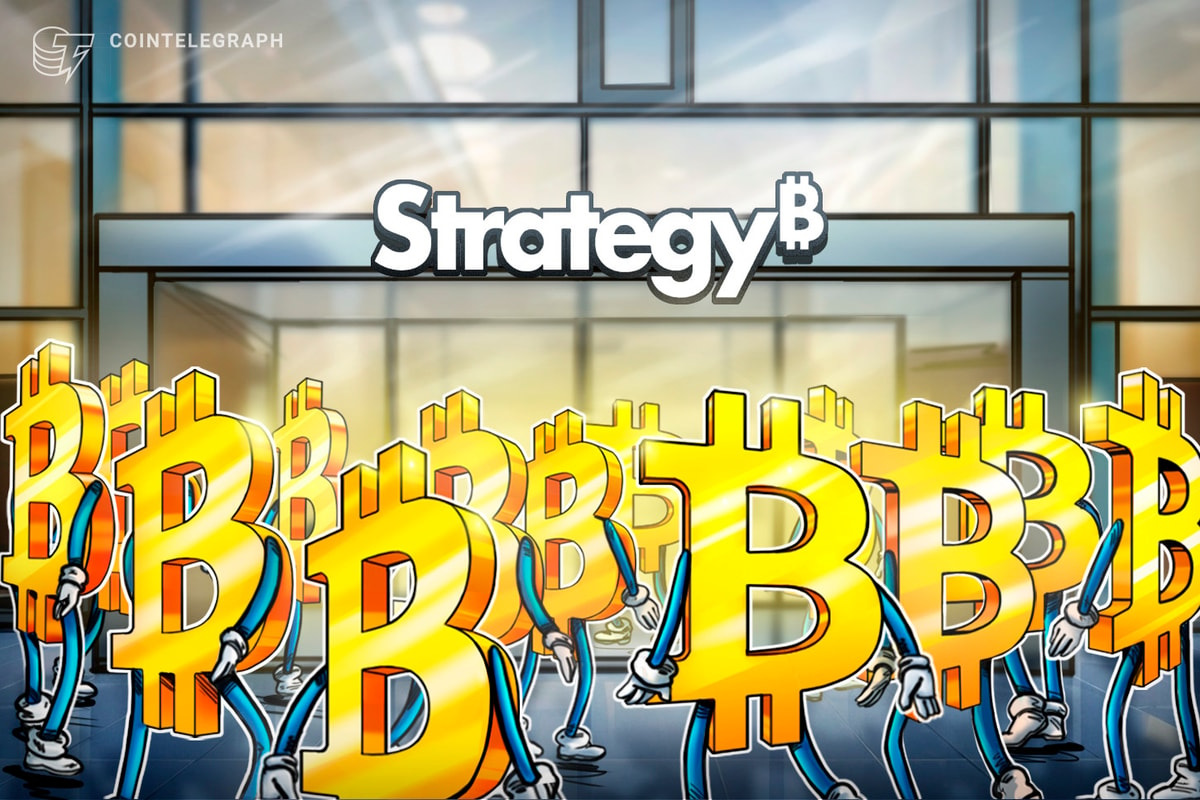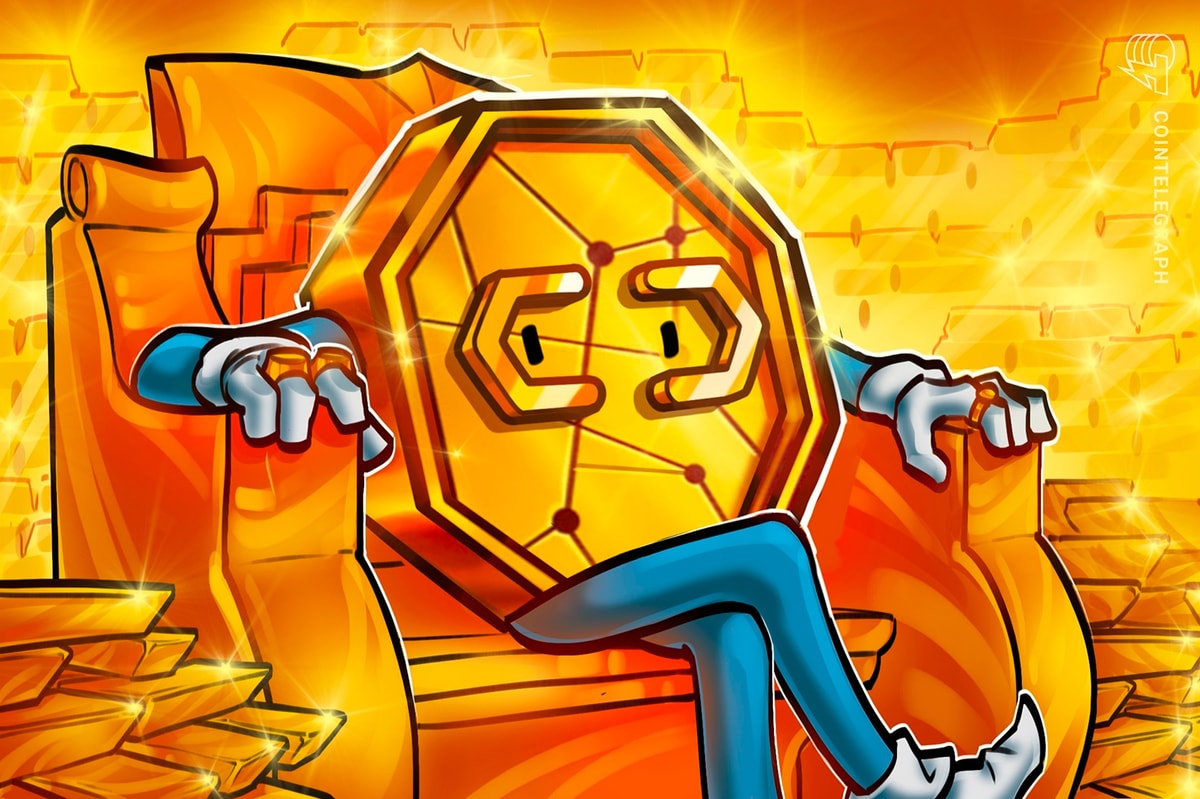Over the last year, artists, musicians and creators have been continuing to embrace the new tools of the Web3 space to connect with their communities and have more autonomy over their work.
From Justin Bieber’s 2015 hit track “Company” becoming a nonfungible token (NFT) for fan royalty-sharing to Michael Jackson’s long-lost demo version of his song “Big Boy” released on the blockchain as digital vinyl.
Another big moment came at the end of the year when the American thrash metal band Megadeth launched a new NFT collection, aiming to strengthen its community in both physical and digital reality.
Megadeth is known as one of the “Big Four” American thrash metal bands, alongside Metallica, Anthrax and Slayer. The group has millions of fans and followers across the globe, including its online community.
Cointelegraph spoke with members of the Megadeth Digital team — Isabel Caballero, Jillian Valentin and Alex Viruet — who have been working to take the community into the Web3 space. According to Valentin, the “driving force” behind the band’s entry into Web3 is its frontman, Dave Mustaine:
“He’s always up with the times and just wants to make sure that he solidifies every part of wherever history unfolds. He did that first by having a website at the beginning of the internet age when everyone was going against it.”
As Valentin mentioned, to promote one of its forthcoming albums in the mid-90s, Megadeath created an official website — something no other band had done at the time.
The idea for the website was to be “a virtual town in cyberspace called Megadeth Arizona, where fans could gather in an online community and chat with each other, as well as find out information about Megadeth, including news about their upcoming album, listen to samples of the record and get info on their tour dates.”

This idea behind the website parallels the vision of many in the Web3 space, but now with new tools to enhance those capabilities.
Related: Champ Medici talks Web3 communities, NFTs, music and gaming
Caballero said, “Dave always wanted to incorporate the digital aspect of life into his fans. […] If he learns about something he thinks that his fans will benefit from, he wants to take it and run with it.”
“The biggest thing here for us is building the ultimate community that can last a lifetime, beyond the lifespan of the band, to make [fans] feel like they’re a part of something way bigger than just a fan club — like they have their own family.”
All three said their Web3 initiatives have been successful in converting fans of previous generations who “didn’t even know what a wallet is” to engage with Web3. Valentin said it has been “incredible to see.”
The Megadeth Digital team said they’ve seen fans come together in online spaces give back and help each other.
“We have people coming in donating ETH, donating NFTs, teaching one another how to be a part of this, and that’s exactly what we want.”
Caballero continued by likening the space to a mosh pit.
“We always bring up the virtual mosh pit,” she said. “I don’t know if you’ve ever actually seen a mosh pit, but it looks really aggressive and intense. It’s a rager and a lot to take in. But if something happens, someone’s right there to pick you up, to stop and to hold your hand, to escort you out of it, or get you back rolling and make sure you're okay.”
She said that is exactly the perspective of both the team and the entire community as they entire this new era of digital spaces with Web3.
“We’re going to be there with you in the middle of the chaos. We’re going to educate you, we’re going to do the thing. But if you fall on the way, you’re confused, we’re going to hold your hand, we’re gonna pick you up, and we’re going to do it together.”
The team said the new collection, which dropped at the end of December, was still just the beginning of what they have planned to bring the metal community into the future.
Magazine: Doctor Who materializes in Web3: Tony Pearce’s journey in time and space











